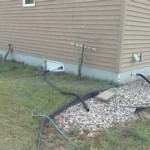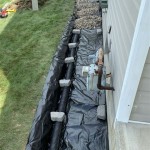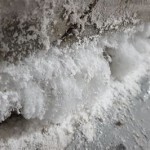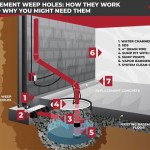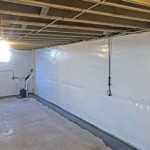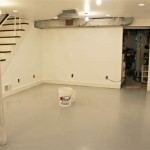Why Does Water Get In My Basement When It Rains?
Having a wet basement is a frustrating and often costly problem. It can lead to mold growth, structural damage, and even health issues. While water intrusion can be caused by a variety of factors, the most common culprit is heavy rainfall. Understanding why water gets into your basement when it rains is crucial for preventing future problems.
1. Inadequate Drainage
One of the primary reasons for basement flooding is inadequate drainage. Water naturally flows downhill, and if your property's grade slopes towards your house, rainfall can easily collect around the foundation. This can lead to water seeping through cracks in the foundation or saturating the surrounding soil, putting pressure on the basement walls. Here are some contributing factors to inadequate drainage:
- Downspouts directed too close to the foundation: Water from downspouts should be directed at least 5 feet away from the house, allowing it to drain properly.
- Clogged gutters: Clogged gutters prevent water from flowing freely, causing it to overflow and potentially seep into the basement.
- Insufficient grading: The ground around your house should slope away from the foundation at a rate of at least 6 inches per 10 feet. This allows water to flow away from the house instead of pooling around the foundation.
It's essential to ensure that your gutters and downspouts are functioning correctly and that the grade of your property slopes away from your home.
2. Foundation Cracks and Gaps
Another common cause of basement flooding is cracks or gaps in the foundation. Over time, foundation walls can experience settling, shifting, or even damage from tree roots. These cracks and gaps provide pathways for water to enter the basement, especially during heavy rainfall or periods of high ground water.
Cracks can range from hairline fractures to more significant openings. They can be found in the foundation walls, floor, or even around windows and doors. These openings allow water to seep into the basement, leading to dampness, mold growth, and potential structural problems.
3. Improper Sealing
A leaky basement can also be a result of improper sealing around windows, doors, or utility penetrations. These areas can be vulnerable to leaks, allowing water to enter the basement. Over time, sealant can deteriorate, lose its effectiveness, or be damaged by physical impacts. This can create gaps and openings that allow water to seep in.
Some common culprits for improper sealing include:
- Missing or damaged window well covers: These essential covers protect the basement from water entry during heavy rain or snow.
- Cracked window and door frames: Over time, frames can crack, allowing rain or ground water to enter the basement.
- Unsealed utility penetrations: Areas where pipes, wires, or other utilities enter the basement can be vulnerable to leaks if not properly sealed.
Regularly inspect your basement for any cracks or gaps in the sealing and take immediate action to repair any problems you find.

Why Your Basement Leaks In Heavy Rain

7 Potential Causes Of Water In Your Basement Newcomb And Company

Why Your Basement Leaks In Heavy Rain

Help My Basement Leaks When It Rains News And Events For Systems Inc

How Water Gets Into Your Basement Bay Area Consumers Checkbook

How To Fix Water Leaking Into Basement After Heavy Rain Gj Macrae

What To Do If Basement Floods Every Time It Rains Expert Advice

Get To Know How A Leaky Basement Can Ruin Your Home

Why Is Water Leaking Into My Basement After Heavy Rain

Water Leaking Into Basement After Heavy Rain How To Stop It
See Also


